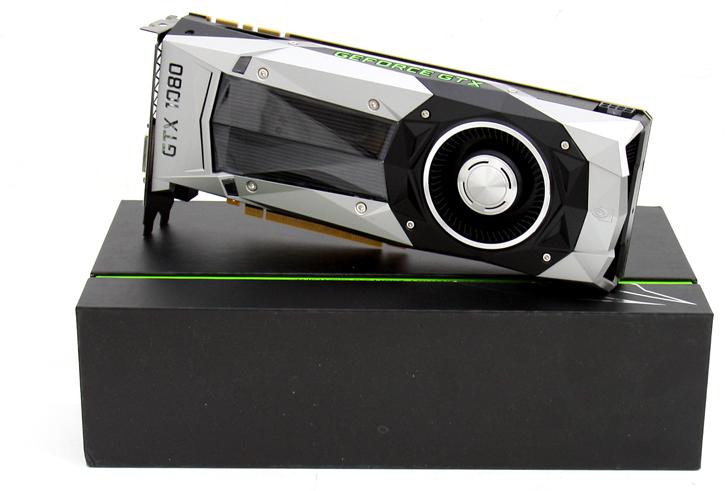Introduction
The Order Of 10 Has Arrived
The Nvidia GeForce GTX 1080 Benchmarked - Tested - Reviewed
It’s been a long time coming, but the day is finally here! The two major desktop dedicated GPU manufacturers both are close slash ready for the newest GPUs. 'It’s been a time long coming' was written in that first line, and not without reason. The graphics card industry, or the GPU industry has been on hold, waiting for a smaller GPU fabrication process to become viable. Last generation GPUs were based on a 28 nm fabrication, an intermediate move to 20 nm was supposed to be the answer for today’s GPUs, but it was a problematic technology. Aside from some smaller ASICs the 20 nm node has been a fail. Therefore the industry had to wait until an ever newer and smaller fabrication process was available in order to shrink the die which allows for less voltage usage in the chips, less transistor gate leakage and, obviously, more transistors in a GPU. The answer was to be found in the recent 14/15/16 nm fabrication processors and processes with the now all too familiar FinFET + VLSI technology (basically wings on a transistor). Intel has been using it for a while, and now both Nvidia and AMD are moving towards such nodes as well. Nvidia is the first to announce their new products based on a TSMC 16 nm process fab by introducing Pascal GPU architecture, named after the mathematician much like Kepler, Maxwell and Fermi.
Just over a month ago, we had already seen a new massive scale and scalar GPU from Nvidia, Big Pascal is actually already used in the Tesla P100 computing unit, and we have learned much from that release last month. Though not related to today's release; that GPU has 3,840 shader processors, again 3,840 shader cores with 240 texture units. That one GPU can boast roughly 11 TFLOPS of single precision performance, which is massive by any standard. Next to that "Big Pascal" is a HBM2 based product. Now, as you can understand "Big Pascal" is not ready for mass production on the consumer market, but Nvidia has the next best thing ready and lined up for you which will be available in high volume, and likely will be in high demand. For weeks now we’ve been seeing the rumors, would Nvidia name the Pascal based GeForce GTX series the GeForce GTX 1070/1080 and will there be a 1080 Ti model? The GPU naming surfaced as well. Logic, however, would assume a Ti release later in the year opposed to everything being released at once in the summer. Here's what is you'll see in the stores soon:
- GeForce GTX 1080 (8 GB GDDR5X) - the successor to the GTX 980, uses a GP104 GPU
- GeForce GTX 1070 (8 GB GDDR5) - the successor to the GTX 970, uses a GP104 GPU
As you can see, that still leaves open GP100 (Big Pascal) for later in the year for a product with likely Ti or Titan based naming. Today is all about the GP104-A1 GPU for Nvidia's high-end products, a GPU that measures roughly 290 - 300 mm² in size, is based on the all new Pascal architecture and is fabbed at 16 nm while the transistors have fins (FinFET).
With all that said we can today announce two new cards, the GeForce GTX 1070 and the GTX 1080. In this first review we look at the 1080 as the 1070 specs to date have not been released. So today is all about that Pascal GP104 based GeForce GTX 1080. A product that is to replace the GeForce GTX 980. This is the Founders Edition, the new naming for the reference model. A product that will sell for 699 USD in this Founders Edition guise, board partner designs however will start at 599 USD.
Are you ready for some serious gaming performance?


